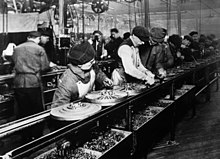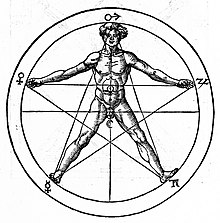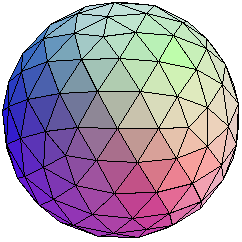The lecture part 3 video captured my sight the most which talked about plastic surgery and human's so-called arm the robotic arm. Its origin was from the war(especially WWI) and medical need. People's skin was wounded and bleeding. Therefore, people restore wounded and bleeding skin by putting other part of their skin for example forehead skin or fat.
The example of how people used plastic surgery during WWI
We could see how technology has been developed through such use. For the ones who did not have arms or legs, people made robotic arms and legs instead for their convenient uses. People began to invent robotic arms and attached to their arms according to their need and uses. Da Vinci surgical robot which is also known as the third hand. Basically, the third machine hand can follow the real moving hand write. I was also surprised to see one professor who tested himself to inject the chip. The "Cyborg test" gave me a shock that the robotics are really one part of human lives.
http://images.sciencedaily.com/2007/07/070706140906-large.jpg
http://www.dekaresearch.com/deka_arm.shtml
The human therapy was involved through such inventions and works. The treatments led the medicine uses which became the norm in human culture. Moreover, the plastic surgery began to be used for beauty and appearance. What can be the art piece was how plastic surgery was heavily and unconsciously embedded in out culture and society.
before the plastic surgery, a doctor marks where to "lift, fill, and plump" <http://www.bernardhealth.com/woofstreetjournal/bid/124712/Health-Savings-Account-Q-A-Can-I-use-my-HSA-for-Plastic-Surgery>
There is an example of how this technology was formed through art works. It is plastic surgery that does decorate human's features so we can call it a piece of art work. However, to be honest I do not hope to see too many people depending on beauty and appearance because it was first used as a medical use which was from the WWI. Sometimes we should keep our original characteristic as human beings if we use plastic surgery only for visual way or looks.
Resources and citations
Vesna, Victoria. “Http://www.youtube.com/v/Ep0M2bOM9Tk.” Lecture. Medicine pt1 . Youtube, 21 Apr. 2012. Web. 25 Oct. 2012. <http://www.youtube.com/watch?v=Ep0M2bOM9Tk>.
Vesna, Victoria. “Http://www.youtube.com/v/FIX-9mXd3Y4.” Lecture. Medicine pt3. Youtube, 22 Apr. 2012. Web. 25 Oct. 2012. <http://www.youtube.com/watch?v=FIX-9mXd3Y4>.
Vesna, Victoria. “Http://www.youtube.com/v/psjnQarHOqQ.” Lecture. Medicine pt2 . Youtube, 21 Apr. 2012. Web. 25 Oct. 2012. <http://www.youtube.com/watch?v=psjnQarHOqQ>.
Christophe Luxereau. Future; no future. October 23, 2013. Website. <http://www.cuberevue.com/en/future-no-future/1109>
Warwick, Kevin. The University of Reading. May 2013. Web. <http://www.kevinwarwick.org/index.asp>



















